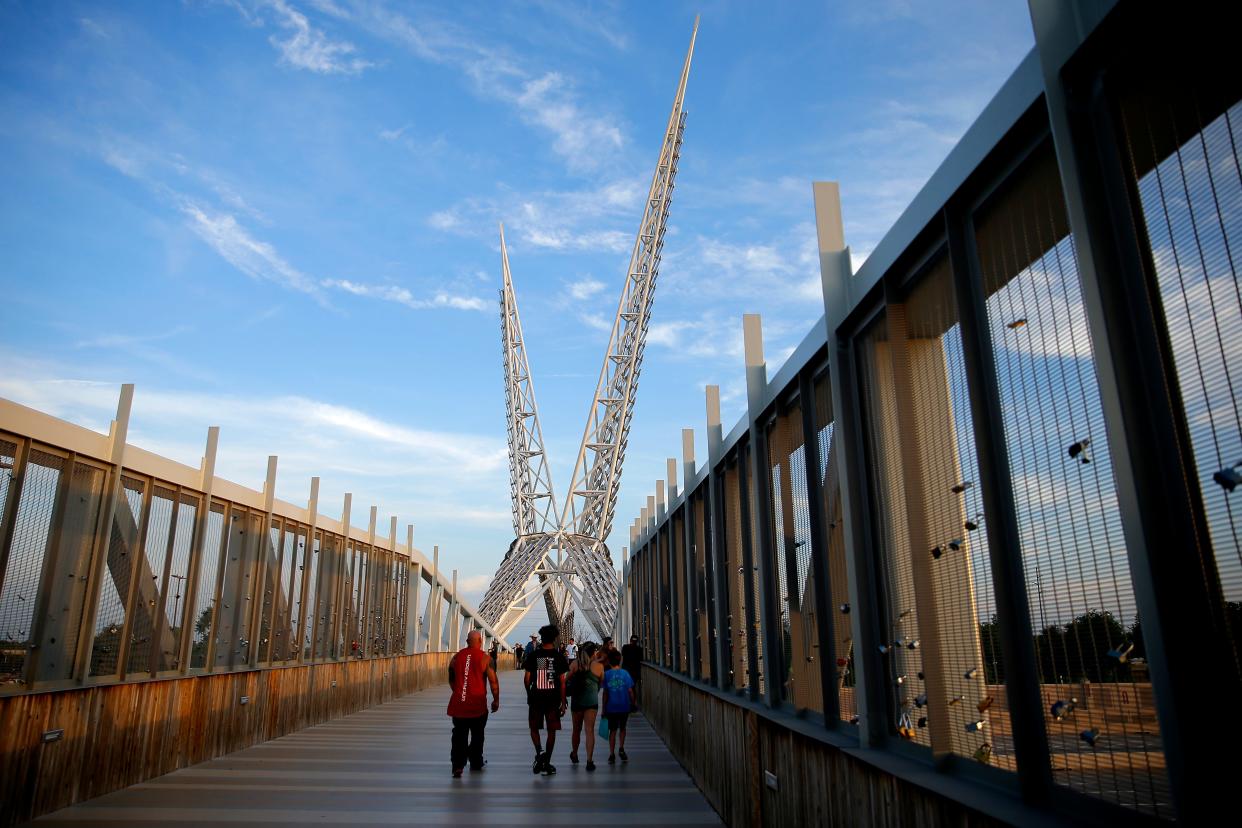Guest column: How recreational facilities can make Oklahoma City competitive for new business

Health is influenced as much by our built environment as it is by diet or medical care. Well-designed places engage communities, encourage physical activity, reduce stress and improve access to nutritious food.
The built environment includes human-made and modified elements of the world where we live, work, learn and play. It encompasses everything from our parks to downtowns, sidewalks to street-lighting, and touches every aspect of our lives. It influences our environmental quality, individual behavior, social norms and safety.
Yet it is often left out of the conversation on public health.
Many of today’s health challenges are due to chronic conditions driven by behavior. In Oklahoma, tobacco use, sedentary lifestyles and poor nutrition contribute to four conditions — heart disease, lung disease, cancer and diabetes — that cause 64% of all deaths.
However, recent developments in the metro area look to change that trend. MAPS 3 improved active transportation by developing the Oklahoma City Streetcar system and sidewalks, developed miles of trails for walking, running and biking, built state-of-the-art senior health and wellness centers across the city and constructed Scissortail Park. MAPS 4, passed in September 2021, includes additional investments in infrastructure that will further promote active living in Oklahoma City.
In Edmond, plans continue for a 10-mile network of paved trails that will eventually link three major recreational facilities: Arcadia Lake, Hafer Park and Mitch Park.
The way we interact with our environment influences our everyday behavior by making healthy choices challenging or simple. A study from the Journal of Applied Physiology found communities designed for active living can prevent 90% of type 2 diabetes, as well as 50% of heart disease, stroke and certain cancers.
Communities with active environments incorporate public parks, greenspaces, playgrounds, sidewalks, trails and other recreational facilities that encourage physical activity. They also allow for programming with activities such as family “fun runs” and outdoor yoga that support a culture of exercise.
Thoughtfully designed spaces with multi-use trails and safe, affordable public transportation weave movement into daily life. Bike lanes and sidewalks encourage children to walk or bike to school. Level sidewalks, crosswalks, clear signage and adequate lighting ensure safe pathways for people as they age.
Workers, especially those who spend most of the day at a desk, benefit, as well. Simply walking to and from transit stations adds consistent activity into daily life. A study in the American Journal of Preventative Medicine showed transit riders were 81% less likely to be obese than those who drove to work from the same neighborhoods.
Many cities use every dollar on essential services, and this type of investment is seen as a luxury. Yet such investment can save health care dollars in the long run and make communities competitive for new and existing businesses.
As health care costs increase and chronic conditions reduce productivity, health is becoming a competitive advantage for cities. Investment in the built environment that improves the health of residents also enhances the local economy and quality of life for everyone.
TSET offers several grant opportunities to nonprofits, municipalities and agencies working to improve health in Oklahoma.

Julie Bisbee is the executive director for TSET.
This article originally appeared on Oklahoman: Opinion: Parks, trails can improve quality of life in Oklahoma City

